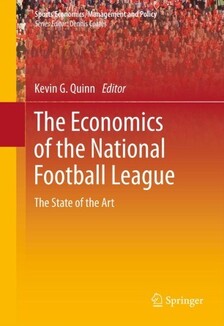
So, what is the economics of the draft? A pretty good answer to that question is provided by Joel Maxcy’s chapter in The Economics of the National Football League: The State of the Art. Published in 2012, the book remains relevant even though some of the sentiments expressed might need to be changed, e.g. in a chapter on attendance there is the pre-pandemic sentence "No one wants to watch a game [on TV] at a partially filled stadium even if they are at home."
Maxcy has three main sections in his chapter: History; Economic Analysis; and, Legal Analysis. The headings suggest a brighter distinction between the sections than is the case. He could easily have worked the word “economic” into the other headings. The history section provides a concise account of how interaction between interested parties shaped the development of the NFL. Between owners of weaker and stronger teams. Between college and professional organisations. Between alternative professional leagues. Between owners and players. The latter also shows up in the Legal Analysis section where the existence of a Collective Bargaining Agreement has possibly saved the NFL in some antitrust cases.
The full title of Maxcy’s chapter is “Economics of the NFL Player Entry Draft System”. In the economics analysis section, there is some emphasis on the impact of the entry system on salaries. Maxcy documents some of the increase in salaries that occurred when there was an alternative league. Another part of the economic analysis section is devoted to the alternative evidence on the competitive balance impact of the draft. And, there is also a discussion of possible biases in the draft, e.g. those in favour of major colleges and those against black players.
Although published almost a decade ago, Maxcy’s chapter remains a nice account of the economics of the NFL draft. In that decade (sport) economic analysis has further shifted towards empirical analysis of larger data sets. However, the history and legal sections of this chapter shows that analysis of individual, non-repeating, events can be significant. Because many of these can be difficult to measure and count, it could mean that their economic, as well as their statistical, significance is lost. Including a dummy variable for an owner is a less than ideal solution.
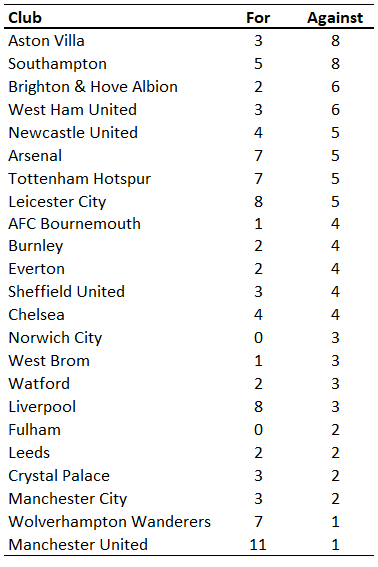
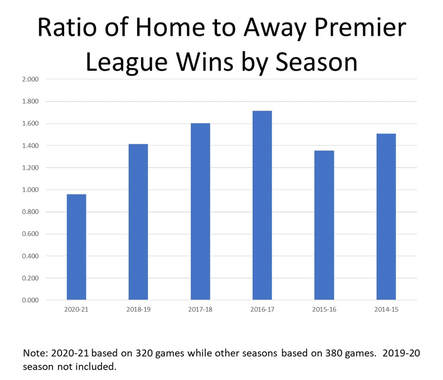

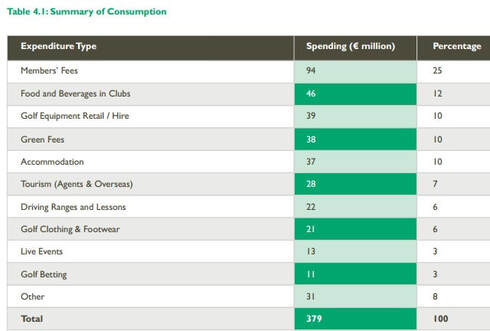

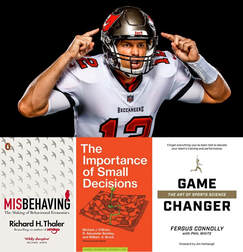
 RSS Feed
RSS Feed